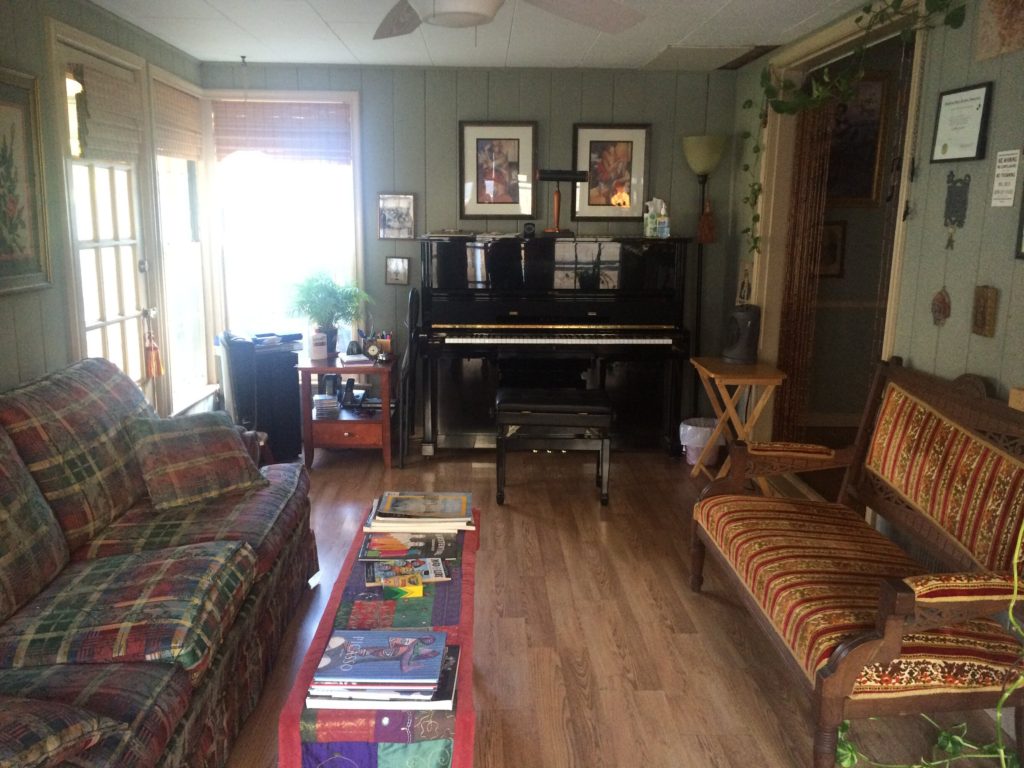I started teaching piano lessons when I was 14 years old. My mother was a piano teacher, and she started giving me her overflow beginners at that point. Mom taught lessons in the living room on the grand piano, while I taught in one of the back rooms on an upright. When students paid me by check, I would ride my bike to the bank to make deposits.

My brother played trumpet during those years, and soon he started teaching trumpet lessons in yet another room. We had a little Yorkshire Terrier that went into a barking frenzy each time the front door opened, and since the door was constantly opening for 3 different sets of students, Pepper was constantly making a ruckus! There was always heaps of music in the house. Mom used to call it Grand Central Station.
When I turned 16 years old, my jazz piano teacher started giving me his overflow gigs. So after school hours, I would split my time between teaching piano and performing piano professionally. I also had 5 different music teachers during those years, so I had to make it to all of those lessons and practice for each lesson myself! My private teachers were for classical piano, jazz piano, voice, composition, and violin. My parents gave up on me being a strait-A student in school, just as long as I excelled at my music lessons, music teaching, and gigging. They didn’t even make me do household chores if I was practicing! As long as I was making music or teaching music, I was able to focus on that. (When my brother was made to vacuum and clean, I am sure he felt some resentment for me sitting at the piano playing Rachmaninoff…)
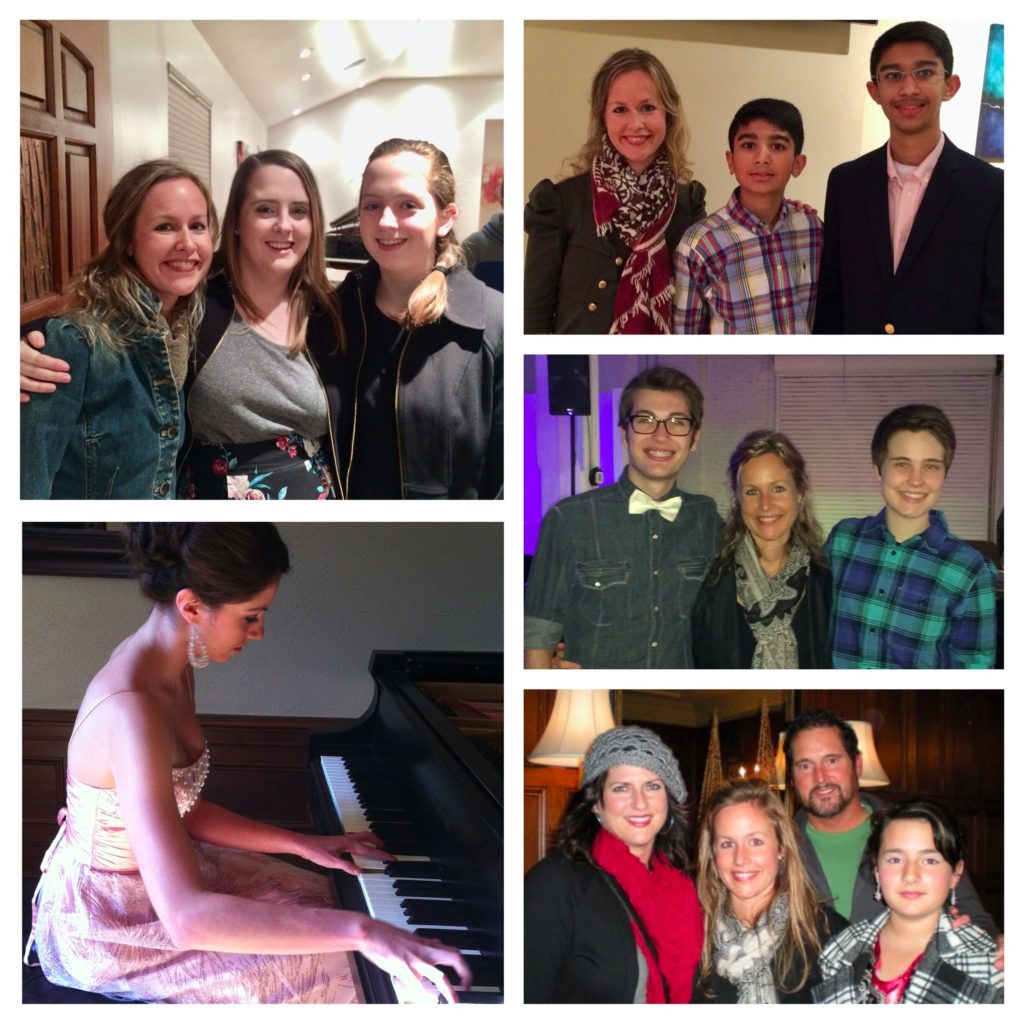
I have continued to teach and perform music from that time on. I quickly learned that teaching music was an entirely different thing than just playing music. Over the years, I focused more and more on the art of teaching, the ability to actually connect with each student that was sitting on my piano bench, remembering their siblings and parent’s names, seeing how exactly I could inspire them and motivate them to practice, learning how to reach them musically and personally, and always finding new ways to explain basic principles.
I became involved in teachers organisations: Tulsa Accredited Music Teachers Association (TAMTA), Oklahoma Music Teachers Association (OMTA), Music Teachers National Association (MTNA), and the Hyechka Club of Music. I went to meetings, met other teachers, attended workshops. I entered students in piano competitions, auditions and festivals. I also entered students in various performances around town, such as the Musicale concert series I organised each month, and an annual Original Composition Concert held at an art gallery, organised by fellow teachers.
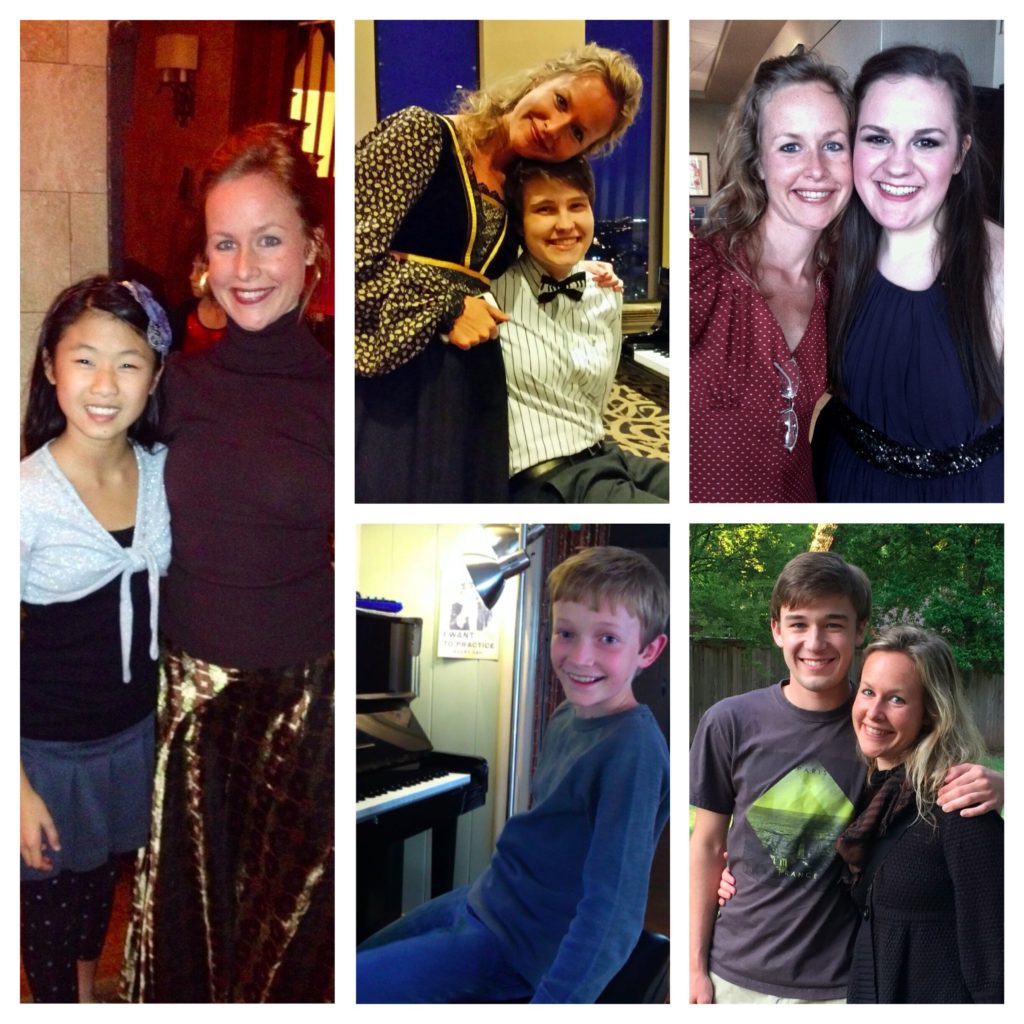
I organised two Piano Studio Recitals per year, Spring and Christmas, using several different public venues. All of my students memorised their repertoire and performed well. I taught stage etiquette so that the presentation would be well-thought-out. Parents and friends came to support the students, and we always had a full and generous audience. Parents brought biscuits and cakes so that we could have a reception following the performances. I made sure to keep the atmosphere light and celebratory, and encouraged students to get to know each other.
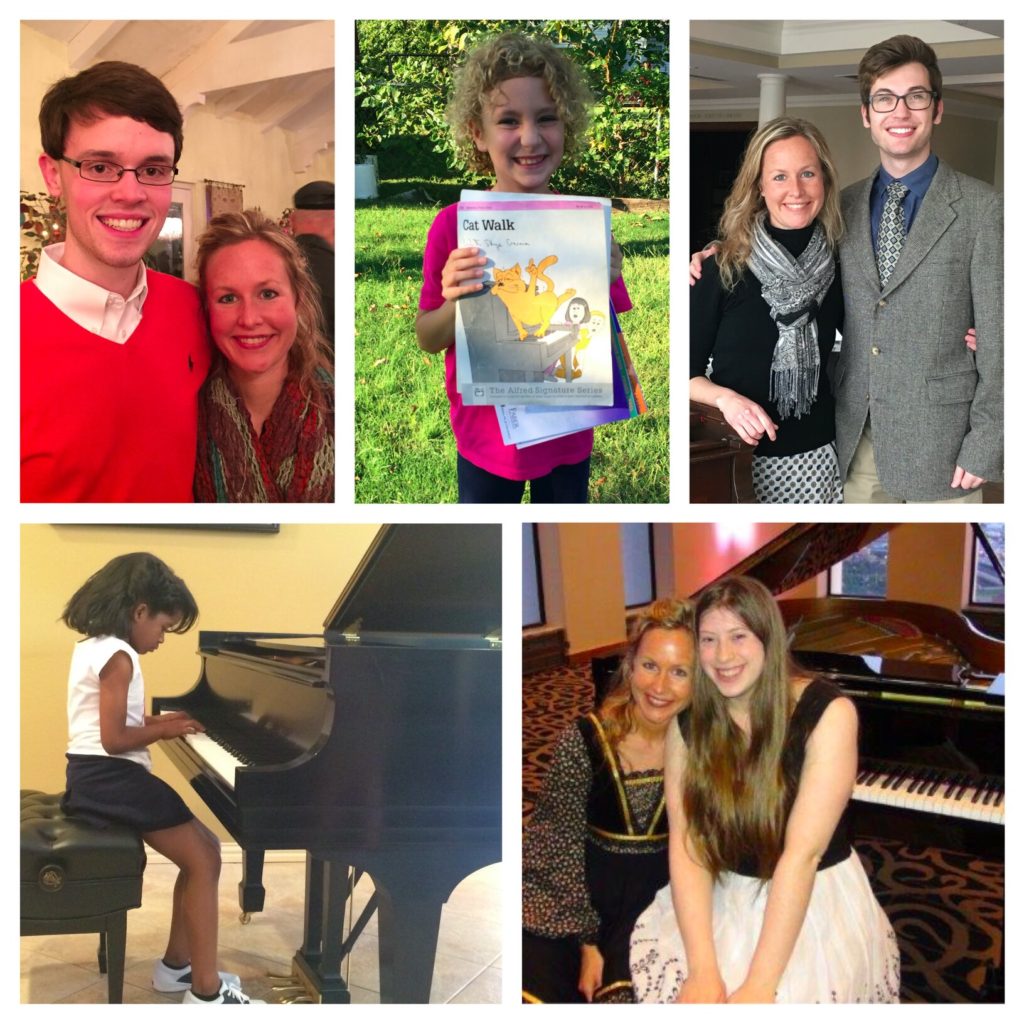
When I had a handful of students that were composing their own music, I arranged for a local sound engineer to record them. I also had several of my more accomplished students come along and record their repertoire. They quickly learned that recording is rather different than performing for an audience!
For one of my student composers, I invited two local modern dancers to come over and join us for one of the piano lessons at my house, and they improvised a dance while Diana played her compositions! Those dancers later that year featured some of Diana’s compositions in their main public performance, which was an incredible experience.

I took some of my more advanced students for one-off lessons with traveling piano teachers and university professors, so they could experience different teaching styles and perspectives. Students also had the unique experience of having Master Classes with various professors and performers when they would win competitions, with one of the prizes being a personalised session with the resident professor/performer.
Directly adjacent to my teaching studio was my open dance floor. The dance floor was in the centre of the house, as I enjoyed dancing and exercising there. During piano lessons, I would sometimes dance while the student played, if I felt that a demonstration of feeling or style would be helpful. For example, if a student was learning how to play a waltz was, I would dance a waltz, etc. I also used that space many times for the students themselves. I realised that if a student was struggling, getting frustrated, or dosing off, then I would invite them to come with me to the dance area and do a few stretches and small exercises. For a while, I kept a hoola-hoop, which was quite popular! After just a few minutes of physical movement, it was amazing how the students were suddenly revived and ready to get back to work.
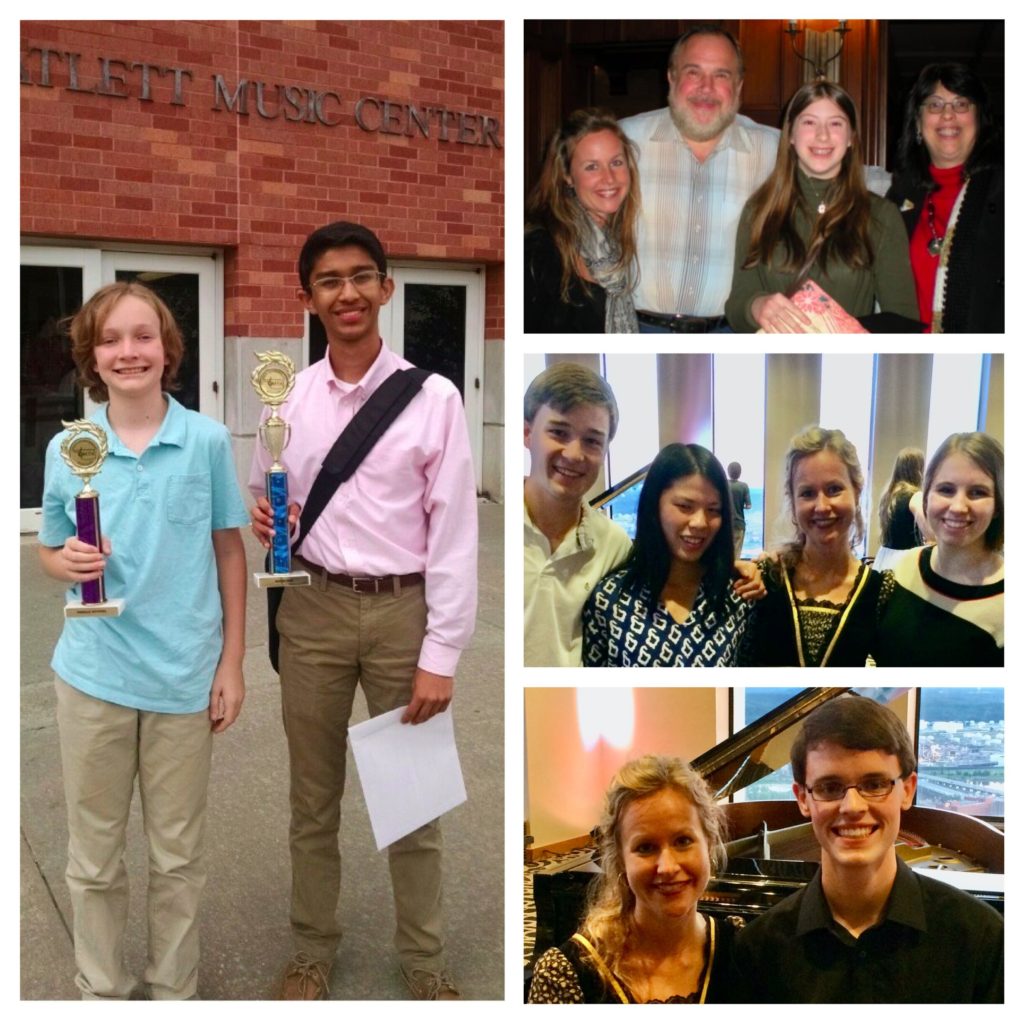
I made sure to work hard with my students, emphasising discipline, critical thinking, deep understanding of theory principles, and doing their best. I also made sure lessons were fun, rewarding, and utterly doable. We learned music they actually wanted to play. I did my best to make myself accessible. I wanted them all to have a diverse experience in my studio, and to always have a good time. I worked hard to push them to their potential, while making sure not to overwhelm them or ever make them feel bad about themselves. There was no greater reward than when I would see someone having lightbulb/ahha moments, and when they would walk out my door feeling better and more confident than when they came in.
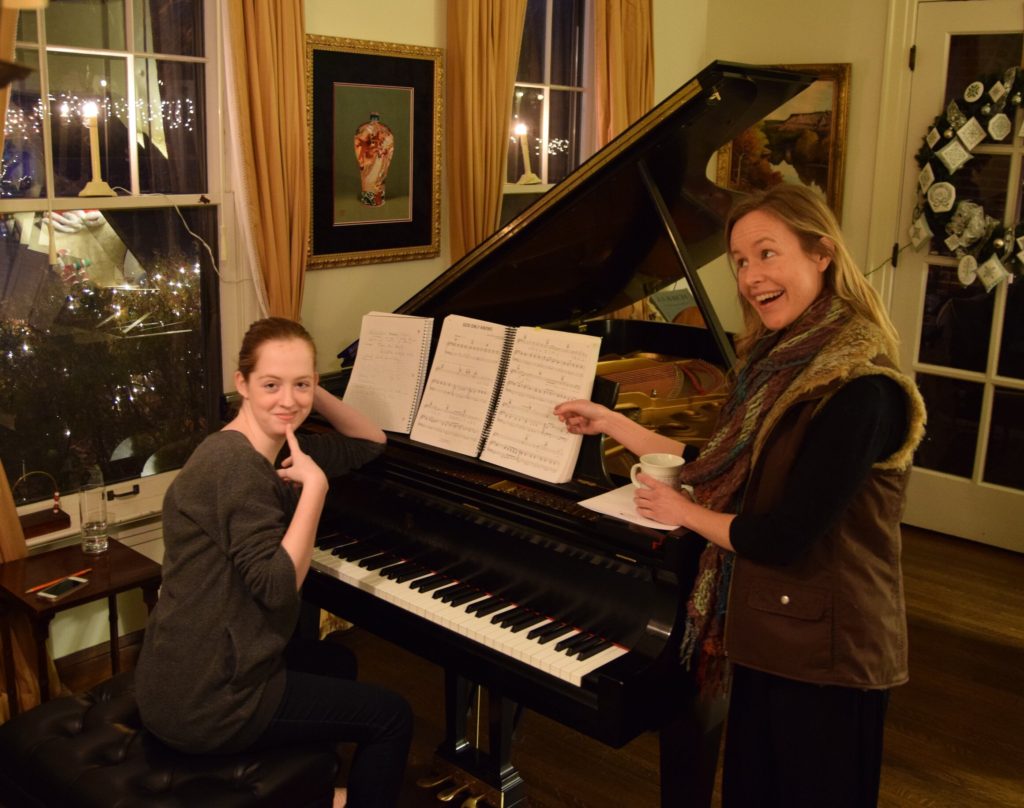
I mainly worked with high school students. I also taught children, university students and adults. I enjoyed having to change my approach with each student. I never had just one method of teaching; I designed a programme for each student according to what they individually needed. Many times I would work with someone for years, thinking I had them figured-out, only for them to come to a lesson one day and surprise me with what they had prepared or what they wanted to learn for their next piece. I therefore adjusted each students’ programme over time, if they needed something different than what they had needed in the beginning.
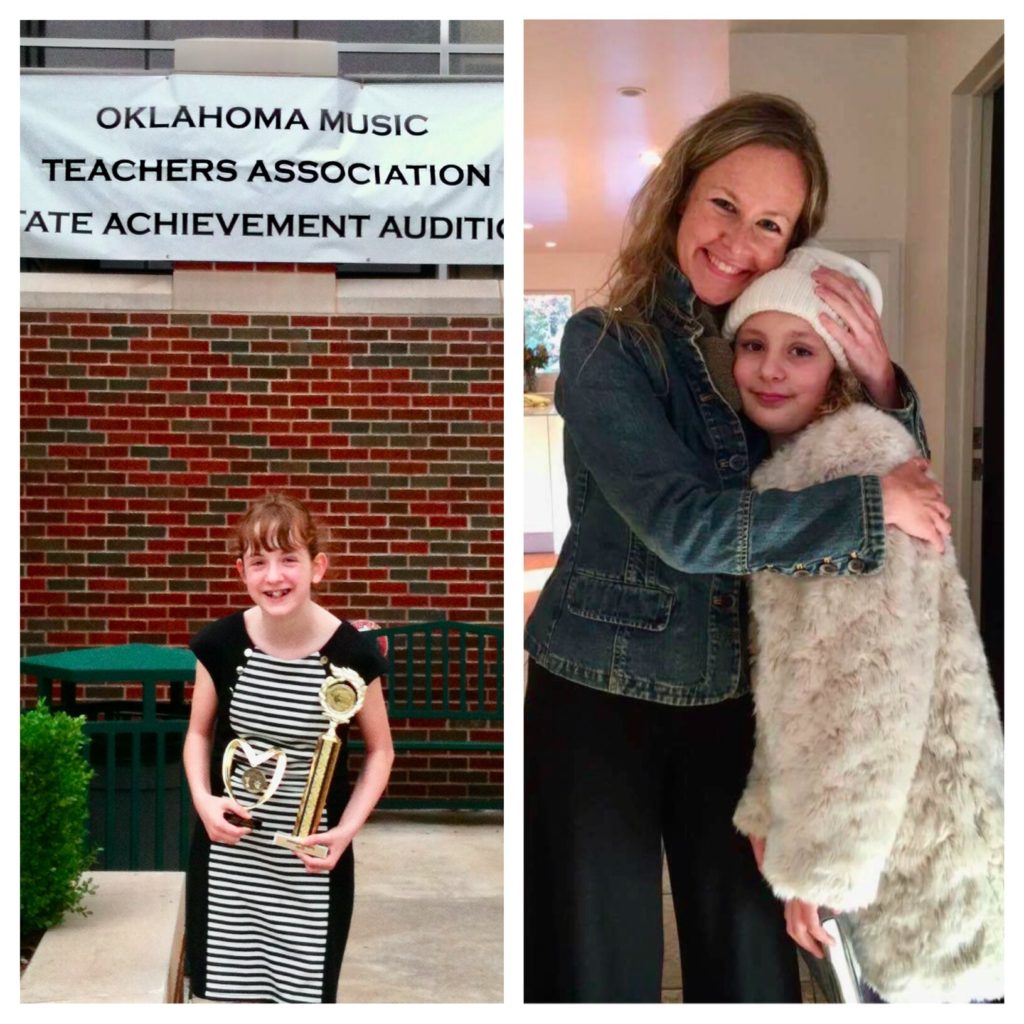
One student that surprised me to no end was Connor Swan. He was at the time around 15 or 16 years old. He was playing bigger and bigger repertoire, and doing well at the competitions and recitals. He said one day that he wanted to learn the Rachmaninoff Prelude in G minor. I told him he wasn’t ready; it was too hard. He said ok. He came back to lesson two weeks later, having learned the whole piece! And he wasn’t playing it half bad either. I said, ok let’s work on it!
One of the things I did with my students for a few years was to loan them CDs from my personal collection, to expose them to music they may not have heard before. I loaned Diana (aforementioned student) some albums by French film composer Yann Tiersen. Diana came back the next week and played me not one, but three new original compositions she had written the previous week! The music of Yann Tiersen had inspired her and she realised, hey I can do that! Her own compositions were stunning and diverse. She continued to compose and compose. We worked exclusively on her original pieces from then on.
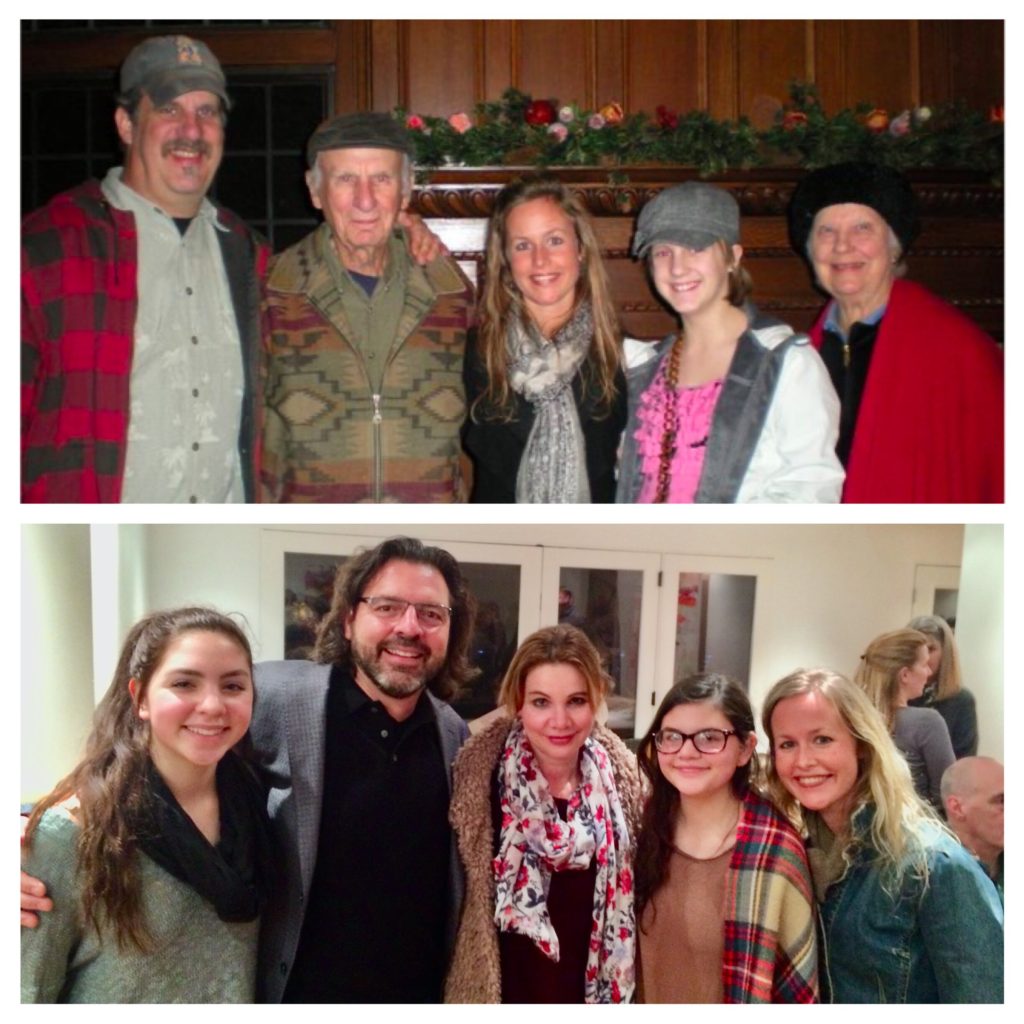
I tried my best to give my all to my students. It is a rather high calling to become that involved in one’s employment, in the way that private music teachers become involved in their field. I would see students every week, in my home, in the atmosphere I created. I would see their parents and families and friends over the years, I would see them out at the competitions and festivals and recitals. Private music lessons are completely different than group workshops or online learning. To build those relationships over time in person, to build that level of trust and commitment, has been one of the most rewarding experiences of my life.
When I decided in mid-December of 2016 to leave America and set-out on my own new adventure, it was horribly painful to leave my students. It was one of the hardest aspects of my decision. I loved them all so much. Having no children of my own, I had always seen my students as my ‘children’, pouring myself into them as much as I could. They made my life so full.

I teach private piano lessons here in New Zealand now, and I expect I will teach the rest of my life. There is no job like it. I feel extremely lucky that my mom trusted me with those initial students, and that she taught me how to teach. I had the privilege of observing her throughout my upbringing, watching her not only in the lessons but also at the teachers meetings, competitions and auditions, and at her enormous studio recitals packed full of people. My mom was a very popular piano teacher in our city, and she carried an average of 100 private students per week. When recital time came, she would rent the hall for 3 recitals in one day. The large audiences were always excited and lively. I saw that people flocked to my mom because she loved them. She was affectionate, encouraging, bubbly, warm, inviting, energetic. She certainly gave all she could give. She gave perhaps too much, because she burned-out, and I watched that too. My mom died of cancer in 2014, and I remember registering that I didn’t want to give so much that there was nothing left for myself. That eventually led to my decision to leave my hometown and everything that I had built, because I knew I needed to do something that was purely for myself.

This was my home studio in mid-town Tulsa Oklahoma.
